Underground piping systems are central to any urban, agricultural and industrial development. Come to think of it, the wellbeing of a nation depends on the well established, unfaltering arrangement of pipes under the surface which serve essential services of transporting water, waste, oil and the like. Apart from aiding transit of materials, underground pipes facilitates rain water harvesting, reduces soil erosion, protects structural integrity of properties, all the while maintaining the aesthetics of the landscape along with the added benefit of being more durable and low maintenance compared to surface pipes.
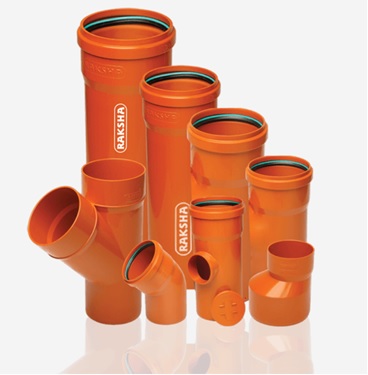
An underground pipe appreciatively stays intact for longer, as it stays hidden from the usual wear and tear from the weather and other environmental factors, but if an underground water leakage were to occur, fixing it would be a bigger ordeal. It can also go unnoticed for a considerable amount of time until the damages are very apparent. According to the top 10 PVC pipe manufacturers in the world, some of the common tell tales of an underground pipe leakage are:
1. Unseasonal puddles on the surface.
2. Visible potholes.
3. Excess water in the soil.
4. Cracks on concrete pavement/foundation.
5. Unpleasant odour
6. Decrease in water pressure and dirt in the water flow.
There are a number of reasons that are behind an underground water leakage. In this blog we’ll cover six of the most important causes of underground pipe leakages.
1. Environmental Impact and Natural Disasters
Natural factors primarily affect the lifespan and health of underground pipes. Different types of soil impact the pipeline varyingly. Clay soil tends to be more corrosive than non-clay soil, it is also more susceptible to settlement due to change in water volume. Similarly, humus soil accelerates pipe corrosion and increases chances of leakage. Climatic conditions have a significant effect on pipe systems. Seasonal changes in temperature can cause inconsistent expansion and contraction of the pipes’ material and deform various parts of the underground pipe, especially if they are of varying diameters, leading to damages and leaks. Natural disasters like earthquakes, landslides can put pipework under a lot of pressure causing them to move and crack, ultimately resulting in leakages. Rasha pipes is one of the most trusted underground systems which is hundred percent watertight and more resistant to thermal expansion and contraction. It prevents ingress and seepage of water which is hygienic and safe for the environment. The proprietary green seal permanently holds the pipes in the groove to ensure leak proof joints.
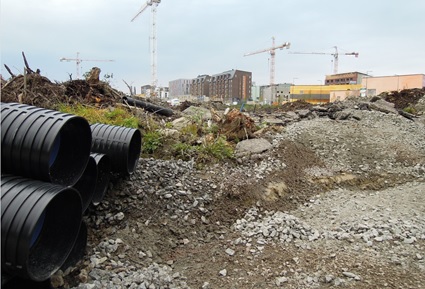
2. Bad Quality Construction and Poor Installation
While natural factors cannot be controlled, quality of construction can, and determines the performance and longevity of infrastructure. Even with high quality construction, problems like low soil cover, inadequate burial depth, corrosion, inconsistent water transfer etc., can adversely affect pipes. With low quality construction, underground pipes are more prone to damages and leakages. Poor installation, as a result of carelessness or lack of proper expertise, is an avoidable hindrance. However, in certain cases underground pipework is not laid with the precision required and they give way before their retirement dates. As one of the top manufacturers of the best cPVC pipe in the world, Raksha pipes provides high quality underground pipes and fittings. Made with the best in technology and high graded material, they assure superior performance that stands the test of time.
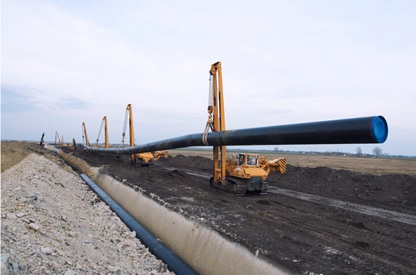
3. Neighbouring Construction work
Sometimes even with the best quality construction and top notch installations, underground pipes can be compromised due to construction work in the vicinity. Construction involves activities like excavation, bulldozing, and laying foundation, that can move the pipelines making it more prone to leakages. According to PVC fittings manufacturers and contractors, underground pipes bursting due to construction work is quite a common problem.
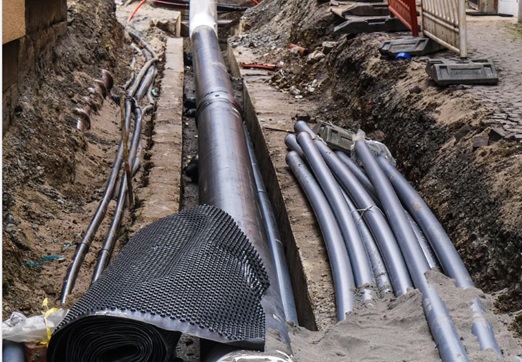
4. Inconsistent Hydraulic Dynamics
Underground drainage and pipelines put under fluctuating pressure over a short span of time are likely to get damaged sooner. This can be because of pipeline constructions that are not suited to the terrain or the water tables under the surface. A more significant problem is posed by frequent maintenance and replacements of different parts done on a piecemeal basis. This increases the chances of parts not being compatible with each other which can hurt the whole system.
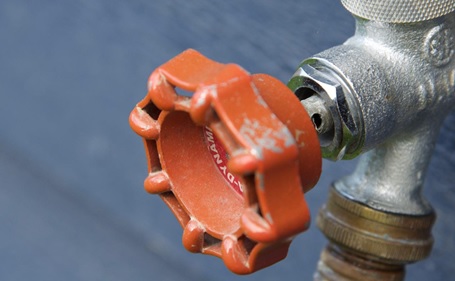
5. Clogged Pipelines
Blocked sinks and bathrooms may make clogging seem like a non threatening issue, considering how tinkering with the plumber bathroom fittings seem to get rid of the problem. However, some blockades can lead to structural damages as severe as bursting of pipes. If the clog contains corrosive substances like chemicals, then that might catalyse the damaging effect. Raksha pipes are designed to have smooth inner bore for unhindered water flow and helps prevent clogs in the long run.
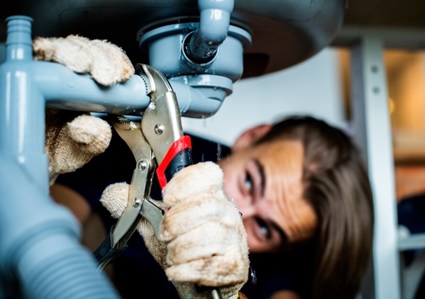
6. Rodents and Pest
If rodents and pests can ruin pipes, wiring, buildings etc, there isn’t much stopping them from getting to underground pipelines. Rodents like rats and moles can damage pipe systems underground as significantly as frost, water flow, bad construction and the other factors mentioned above.
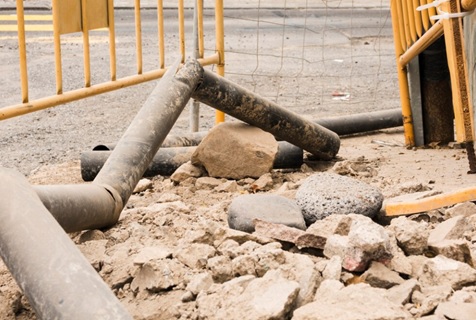
Underground water leakage and pipe damages are not uncommon and mostly manageable, however they do incur significant costs, can set back construction schedules, and disrupt urban life. Prevention is always better than cure, so starting with good quality construction material is the way to go. As leading cPVC pipe manufacturers in Rajkot, Raksha pipes manufactures high quality underground pipes and fittings that are at par with the latest technology. Guided by their core beliefs of uncompromised quality, Raskha pipes guarantee superior performance that adhere to all mandates and specifications.

